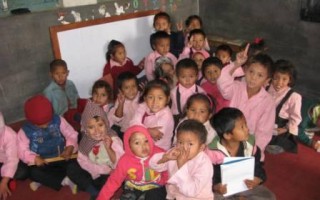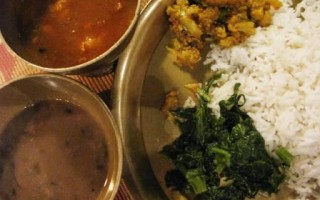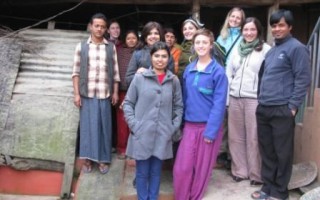
Volunteers Initiative Nepal or VIN is a Nepal based not-for-profit organization that was founded in 2005 by Bhupendra Ghimire (Bhupi). Bhupi grew up in a remote village in Nepal where he had to walk three hours a day to school. He was one of the few students from his village to complete graduation and later on went […]

I wasn’t quite sure what to expect when it came to Nepali cuisine. All I could infer is that Nepal’s neighbors India, Tibet and China would have some role to play in it. That truly turned out to be the case. Food in Nepal can be categorized into three main categories – Nepali, Tibetan and […]

I am totally in awe after meeting some volunteers here in Kathmandu. There are boys and girls in their 20’s who have come from Canada, USA, Switzerland, UK and Australia – all with common goals to give back to this world and experience life in a different culture. They have abandoned their comfortable lifestyles and families, […]